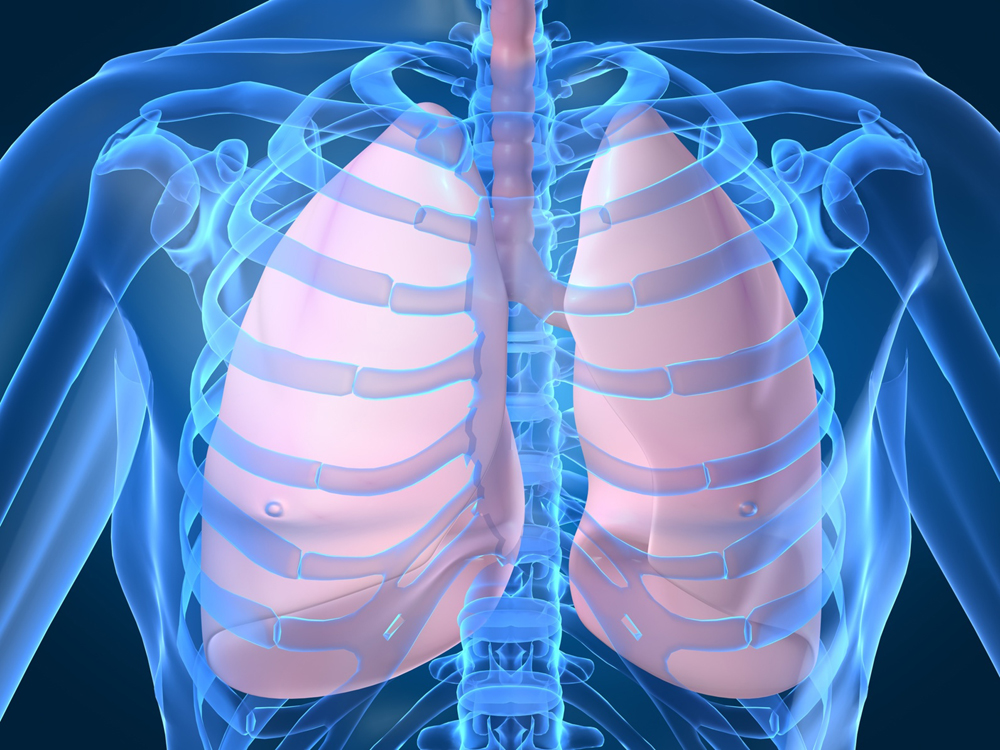The lungs are an incredibly important organ in the human body that are responsible for respiration – the process of gas exchange where oxygen is brought into the body and carbon dioxide is removed from it. However, the lungs are susceptible to various diseases and conditions that affect their normal functioning. Over the years, medical research has led to the development of several effective pulmonary drugs that help treat various lung ailments.
Bronchodilators
Bronchodilators are a widely used class of Pulmonary Drugs that work by relaxing and widening the airways of the lungs. There are two main types of bronchodilators – beta-2 agonists and anticholinergics. Beta-2 agonists such as salbutamol and terbutaline work directly on the beta-2 receptors of the lungs to cause smooth muscle relaxation. They provide quick relief in conditions like asthma attacks. Anticholinergics inhibit the muscarinic receptors and are a preferred long-acting option for maintenance treatment of COPD. Tiotropium is a commonly used anticholinergic bronchodilator. These drugs form the frontline treatment for obstructive airway diseases.
Corticosteroids
Corticosteroids are powerful anti-inflammatory medications that help reduce swelling and inflammation in the airways. They play an important role as controller medications in chronic respiratory conditions like asthma where airway inflammation is a key component. Inhaled corticosteroids such as beclometasone, budesonide and fluticasone are preferred for long-term asthma treatment due to their localized delivery and lesser systemic side effects compared to oral steroids. Corticosteroids are also used in severe acute exacerbations to bring the inflammation under control and improve lung function.
Leukotriene Modifiers
These drugs work by inhibiting the action of leukotrienes – inflammatory lipid mediators that contribute to bronchoconstriction and worsening of asthma symptoms. Leukotriene receptor antagonists (LTRAs) like montelukast and zafirlukast competitively block the cysteinyl leukotriene receptors, while leukotriene biosynthesis inhibitors like zileuton intervene earlier in the leukotriene pathway. LTRAs are generally well-tolerated and provide additional efficacy when used along with inhaled corticosteroids for moderate persistent asthma. They also have a role in exercise induced bronchospasm.
Antibiotics
Bacterial infections are a common cause of acute exacerbations of chronic lung diseases. Appropriate use of antibiotics helps eliminate the culprit bacteria or prevent secondary bacterial infections. Aminopenicillins like amoxicillin are first-line drugs for mild to moderate exacerbations of cystic fibrosis or chronic bronchitis. For more severe infections or patients allergic to penicillins, second and third generation cephalosporins, macrolides and fluoroquinolones may be used after identifying the culture sensitivity of the infecting organism. Antibiotics also reduce mortality in hospitalized patients with severe community-acquired pneumonia.
Other Important Pulmonary Drugs
Some other noteworthy classes of pulmonary medications include mucolytics, phosphodiesterase-4 inhibitors and xanthines. Mucolytic drugs like carbocisteine work by reducing viscocity of mucus and helping in its removal. They are beneficial adjuncts in COPD and bronchiectasis. Roflumilast is a PDE-4 inhibitor recommended for severe COPD along with other drugs. Xanthines like theophylline have mild bronchodilation effects and also possess anti-inflammatory and anti-microbial properties. They may be considered as additional therapy in certain refractory asthma cases. Newer biologic drugs targeting specific inflammatory pathways hold promise for customized treatment of severe asthma in the future. Oxygen therapy is also essential for hypoxemic patients with advanced lung diseases.
There has been tremendous progress in the field of pulmonary pharmacology over the past few decades. A wide variety of medications from different classes are now available that target various components of airway disease pathogenesis. When used judiciously under medical guidance based on disease severity and phenotype of individual patients, these drugs can effectively manage symptoms and exacerbations while improving quality of life. Further research continues to uncover new treatment pathways and molecules, with the goal of achieving remission and even a cure for debilitating lung conditions.
*Note:
1. Source: Coherent Market Insights, Public sources, Desk research
2. We have leveraged AI tools to mine information and compile it

